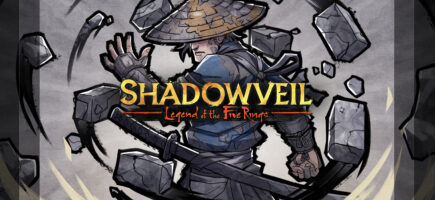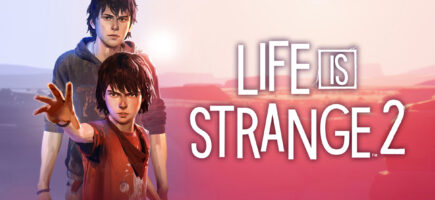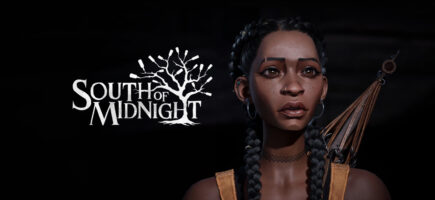Porting Bulletstorm to Nintendo Switch
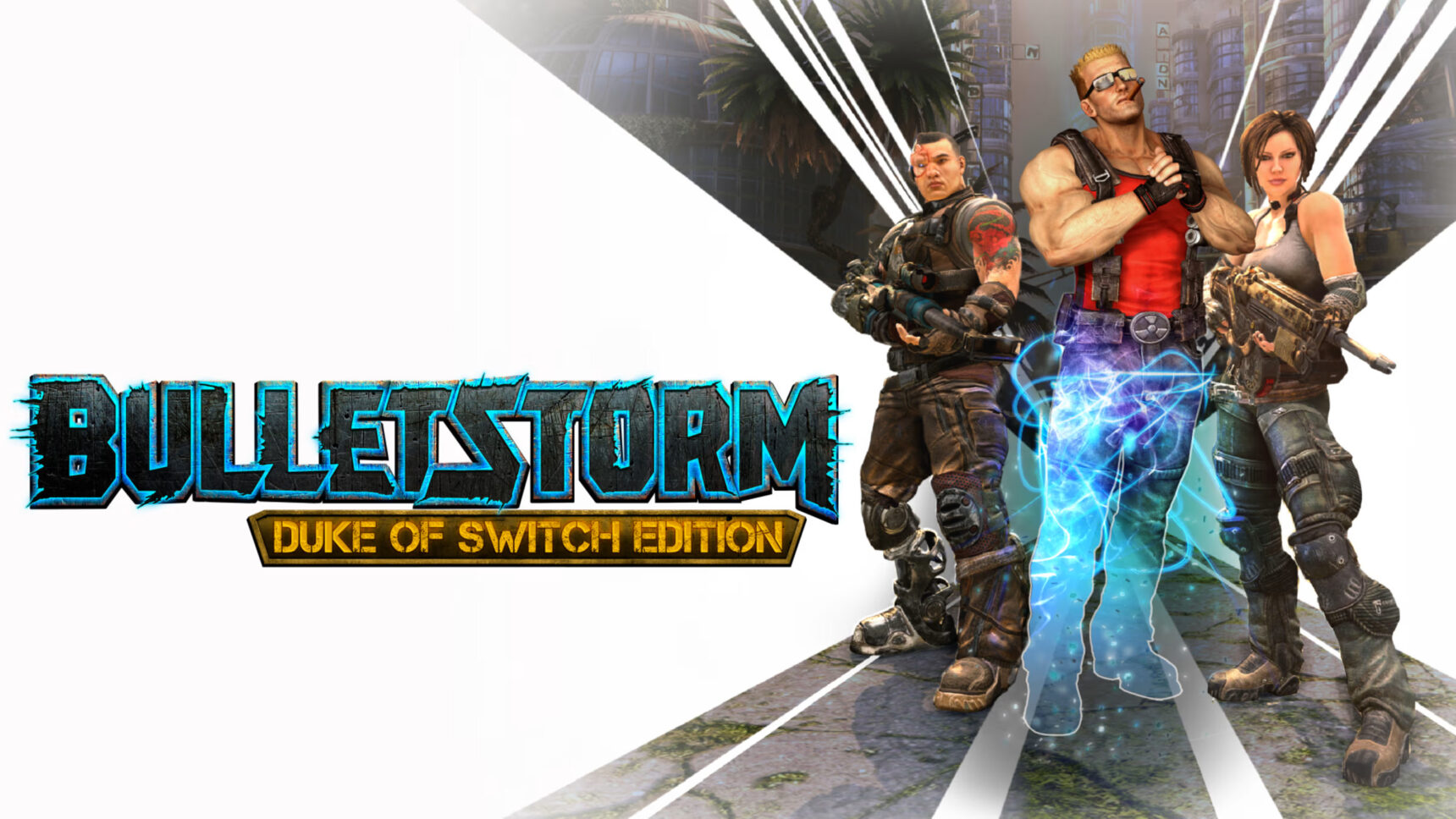
The most popular articles
How did Room 8 Group deliver a port that Nintendo Life in 2019 called “one of the technically strongest ports we’ve seen on the console so far”?
We teamed up with Gearbox Publishing to release a remastered version of 2011’s Bulletstorm—named Bulletstorm: Duke of Switch Edition—in August, 2019. With its trademark humor, the countless ways players can kill enemies, and the legendary Duke Nukem skin, Bulletstorm is one of the funniest, most charming FPS games of the 2010s.
To make the Switch version as great as possible, Gearbox Publishing came to us. The port was so successful that Room 8 Group’s collaboration with People Can Fly, the developer of Bulletstorm, lasted another three years: we subsequently helped bring to life Outriders, a game released in 2021.
The challenge
Our main task was to deliver a game on Switch with additional DLC, rewrite Bulletstorm’s render system, and adapt Unreal Engine 3 code for converting textures and sound.
Though Bulletstorm has impressive graphics, it was released back in 2011. It was developed using Unreal Engine 3, and support for the Nintendo Switch came only with the next generation: Unreal 4. We had to come up with a solution to porting the game from a platform not supported by the Switch whilst ensuring strong performance.
Another key challenge was sound optimization. The Switch has its own hardware decoder, so we needed to convert every sound effect into the right format. Textures also needed optimization and conversion into another format supported by Nintendo. Given Switch memory limitations, we needed to find a solution that would allow us to control graphics quality while minimizing memory usage.
What we did
To make Bulletstorm: Duke of Switch Edition look as impressive as on other consoles, we re-engineered the render system using a native Switch library to fully optimize the game for the platform. For perfect graphics, we used a modern texture compression algorithm that allowed us to control the quality of the image and greatly cut down memory usage. And we adapted sound and input specifically for Switch, optimizing it for better gameplay.
We also fully packaged the game for the release: we added it to the Nintendo eShop, installed builds, and added online services.
Re-engineering the render system with a native Switch library
The biggest challenge was that Unreal Engine 3, the engine used to develop Bulletstorm, wasn’t supported by Nintendo Switch. To port the game, we needed to come up with a solution that would allow us to deliver the ultimate performance and keep control of the game’s essential elements to optimize them when possible. We could have used OpenGL or Vulkan which are cross-platformed APIs supported by Switch, but that would result in additional overheads and worse performance. Instead we created a native render based on the Switch library.
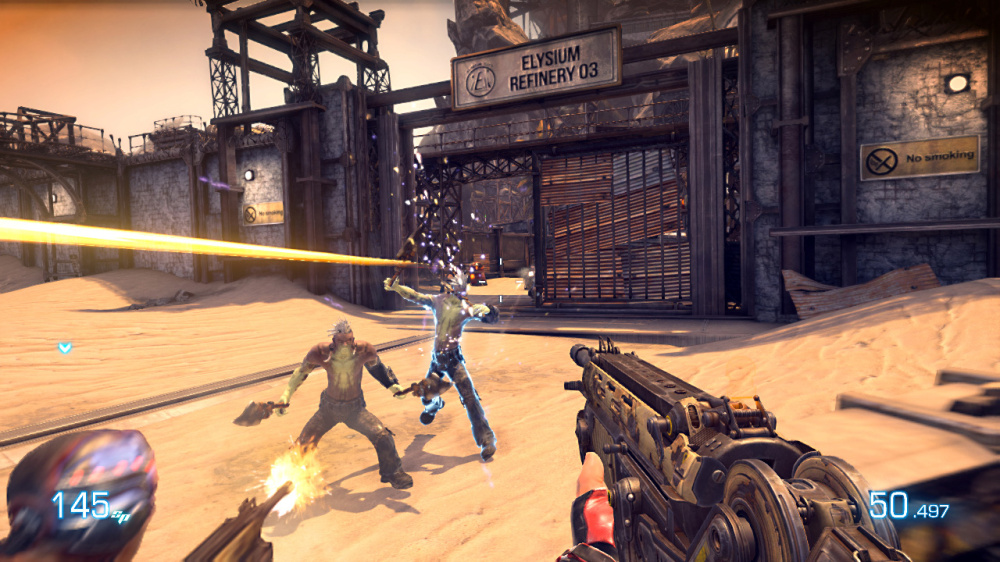
Adaptive scalable texture compression
The Switch is known for its limited memory, which often means lower resolution and pixel graphics. To overcome this, we used adaptive scalable texture compression—a modern technology developed by Arm and AMD. It is designed to offer flexibility while providing better image quality than most common formats can deliver. ASTC is an advanced method for coding textures that allowed us to greatly compress graphics size while controlling their quality. As a result, images are comparable with those on other consoles, while ensuring optimal memory use.
Sound optimization
Since the Switch doesn’t support Unreal 3, we used the code from Unreal 4, corrected it, and added it to Unreal 3. Then we compressed audio files into formats compatible with the Nintendo Switch. All this required adaptation and we put effort into making Bulletstorm sound the way it should.
Native render
Native render is closely connected with the platform’s architecture, which means it has faster response times and the highest possible performance because it was designed specifically for the platform. Such a solution took more effort, but it was worth it: we delivered impressive performance and optimized essential elements such as graphics to fit into Nintendo limits without noticeably losing in quality.
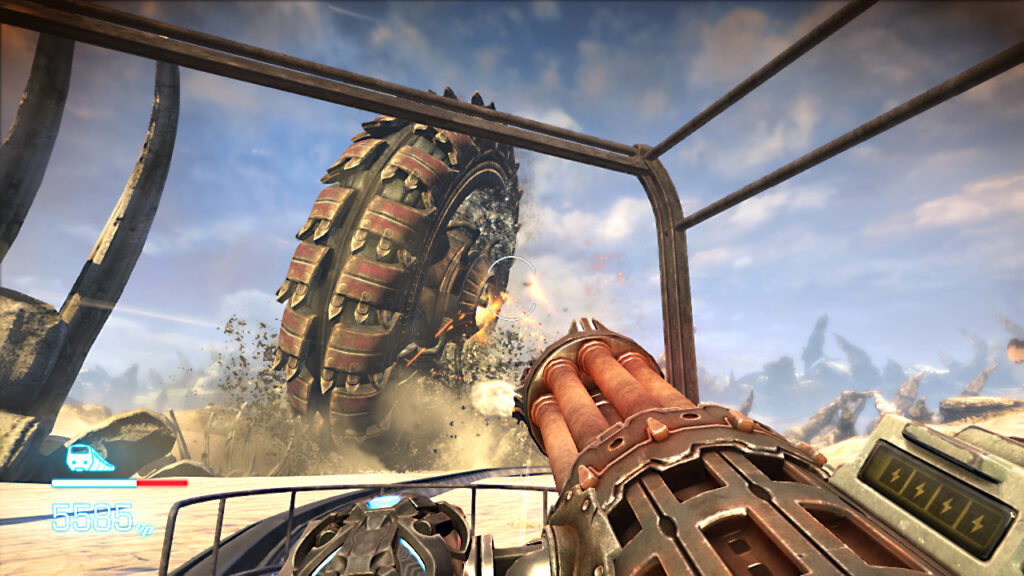
The outcome
Through our work on Bulletstorm, we showed exceptional game development and engineering know-how—particularly in relation to porting to Nintendo Switch. We helped Gearbox Publishing overcome significant challenges, and we’re grateful to them for trusting us with their game. Since this game was published (2019) our work with People Can Fly has continued, such was the impression we made with our work.
We thank our partners for the opportunity to work on Bulletstorm. Here’s to more fruitful collaboration in the future!


